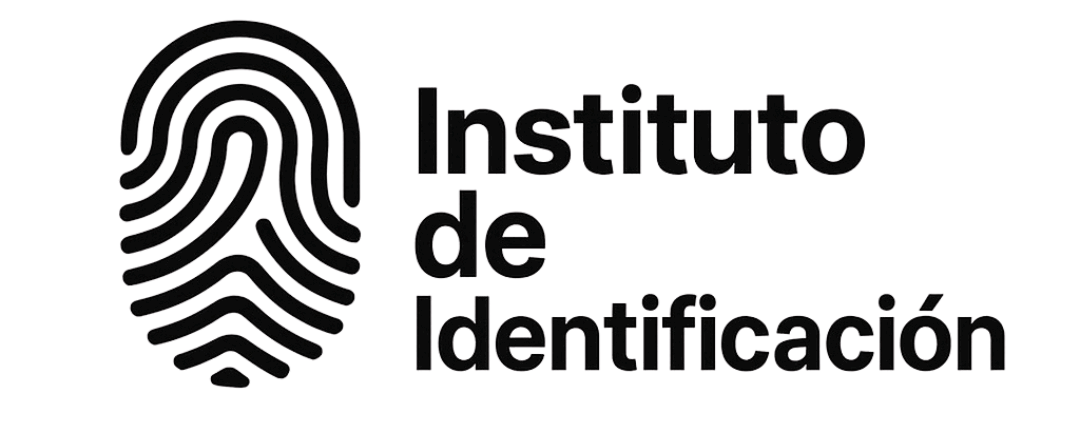In the hustle and bustle of a typical workday, our bodies often bear the brunt of long hours at the desk, leading to tension and discomfort.
If you’re finding yourself feeling stiff and sore after hours of sitting, you’re not alone. Many people experience this daily challenge, feeling the pressure of deadlines while managing discomfort that distracts and diminishes productivity.
Here you will find the most straightforward and direct steps to solve that now, but don’t forget to check out our other articles for more tips and strategies to enhance your office wellness.
What you will find in this article
- How Desk Jobs Affect Your Lower Back
- 5 Easy Office-Friendly Stretches You Can Do Now
- The 3-Minute Stretch Break Routine
- Office Tools That Help You Stretch Better
- Movement vs. Posture: What Matters More?
Properly performing these quick stretches can significantly enhance your comfort and productivity. This article offers intuitive, easy-to-follow techniques to incorporate into your daily routine to help ease tension and increase agility efficiently.
How Desk Jobs Affect Your Lower Back
Office environments often contribute to chronic back pain due to prolonged periods of sitting and poor ergonomics. When you sit for extended hours, the pressure on your lumbar region increases, leading to pain and discomfort. 🪑
- Prolonged sitting can result in weakened muscles, making it harder to maintain proper posture.
- Lack of movement reduces blood flow, causing stiffness and contributing to discomfort.
- Stress from tight deadlines can exacerbate muscle tension and exacerbate pain.
If you’ve found yourself wiggling in your seat trying to find comfort, you’re sharing a common frustration with many desk workers worldwide. Understanding these factors is crucial to mitigating their impact and strategically improving your health.
5 Easy Office-Friendly Stretches You Can Do Now
Incorporating short, effective stretches into your day can make a significant difference in your comfort levels. Here’s a quick guide to five stretches you can do right at your desk:
- Neck Stretch: Sit up straight, slowly tilt your head towards one shoulder, hold for 10 seconds, then switch sides.
- Shoulder Shrugs: Raise your shoulders to your ears and then release them down. Repeat 10 times.
- Seated Twist: With both feet flat on the floor, place your right hand on your left knee and twist your torso to the left. Hold for 15 seconds, then switch sides.
- Wrist and Finger Stretch: Extend the fingers of both hands and gently pull back each finger for a few seconds.
- Calf Raises: Stand up, lift your heels, and balance on your toes to stretch your calves. Hold for a few seconds and then lower. Repeat 10 times.
These simple exercises can be seamlessly integrated into your daily routine, helping to alleviate tension and promote circulation.
The 3-Minute Stretch Break Routine
For those hurried workdays, having an ultra-quick routine ensures you take care of your body’s needs without sacrificing productivity.
- Minute 1: Start with deep breaths and neck stretches to release upper body tension.
- Minute 2: Follow with shoulder shrugs and arm circles to invigorate your muscles.
- Minute 3: End with seated leg extensions to maintain lower body movement.
Setting a timer every couple of hours to perform this routine can significantly reduce stiffness and increase alertness.
Office Tools That Help You Stretch Better
Enhancing your stretching routine can be a game-changer, and there are specific tools that can make this process more effective:
- Ergonomic Chairs: Provide lumbar support, encouraging better posture.
- Standing Desks: Allow alternate sitting and standing, reducing the pressure on the lower back.
- Foam Rollers: Help roll out tension spots and are ideal for breaks.
- Resistance Bands: Can be used for gentle stretches and adding variety to exercise.
Investing in these office tools not only aids in stretching but promotes a healthier work environment overall.
Movement vs. Posture: What Matters More?
The debate between movement and posture often surfaces when discussing workspace wellness.
- Maintaining good posture is essential to reduce strain on the spine and prevent the formation of tension knots.
- However, frequent movement is key in preventing muscle stiffness and ensuring flexibility. Ideally, integrating both will provide the most relief.
It’s common to focus solely on posture, thinking it solves all issues. Still, many fail to realize that dynamic movements throughout the day are equally critical.
Now that you know how to integrate these quick and practical stretches into your daily routine, the next step is enhancing your overall back care with targeted wellness strategies.
➡️ Wellness Kits That Support Back Recovery
Conclusion
In this article, you’ve discovered accessible ways to address the recurring discomfort caused by long hours at your desk. From understanding the effects of your work environment on your lower back to embracing easy and effective stretches, the foundation for improved daily comfort is set.
It’s time to take what you’ve learned and make it a part of your routine. Incorporate these stretches, consider ergonomic tools, and remember—movement is just as important as maintaining good posture. Now that you’re equipped with these strategies, ease into your next productive workday with confidence!
